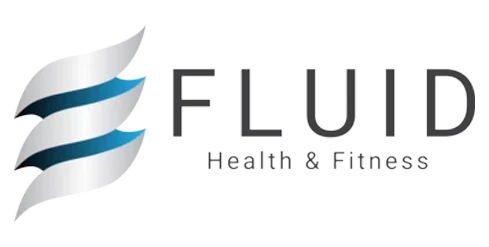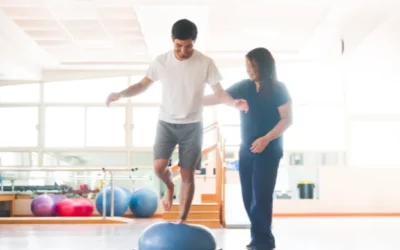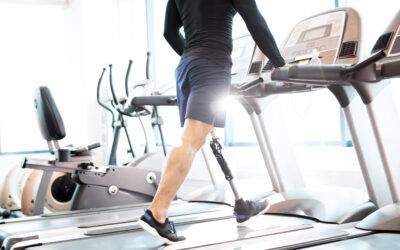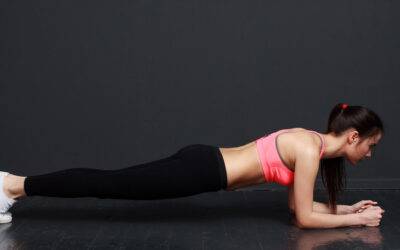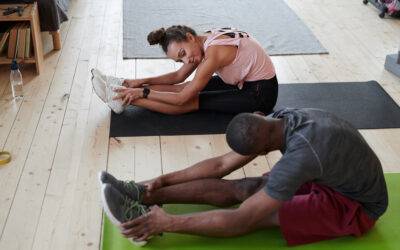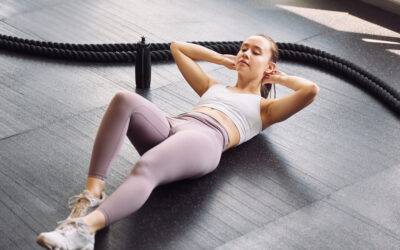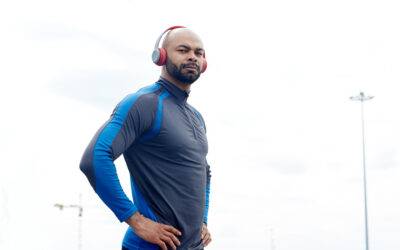Blogs
Swing Phase and Non-Loadbearing Biomechanics
The swing phase occurs when the limb is off the ground and moving to prepare for the next step. This phase emphasizes non-loadbearing mechanics, requiring coordination, flexibility, and muscle strength to execute efficiently.
Stance Phase and Loadbearing Biomechanics
The stance phase is the foundation of functional movement. It is the part of a movement cycle where your body supports weight, and it involves crucial mechanics for balance, alignment, and strength. During this phase, proper loadbearing mechanics ensure that forces are distributed evenly through your joints, reducing strain and enhancing efficiency.
Inside-Out Biomechanics – The DNS Approach
Inside-out biomechanics focuses on the idea that movement begins with the core and radiates outward. This concept, central to Dynamic Neuromuscular Stabilization (DNS), emphasizes the importance of core stability and proper breathing mechanics for efficient movement.
The Gait Cycle – Understanding How We Walk
Walking may seem simple, but it’s a highly coordinated process involving multiple joints and muscles working in sync.
Proximal to Distal Biomechanics
Proximal to distal biomechanics is the foundation of efficient movement. This principle highlights how movements originate from the core (proximal) and transfer outward to the limbs (distal).
Strategies for Improving Mobility
Improving mobility takes more than just traditional stretching. Effective mobility training involves combining flexibility, strength, and motor control.
Reactive Stretch Resistance and Intrinsic Stiffness
Sometimes, our muscles resist being stretched, not because they’re short, but because of reflexes and structural factors. Two common causes of limited mobility are reactive stretch resistance and intrinsic stiffness.
The Difference Between Flexibility and Mobility
Flexibility and mobility are terms often used interchangeably, but they are not the same. Understanding their differences can help you train more effectively and move better in daily life and sports.
Breathing Biomechanics – The Foundation of Core Stability
Breathing is more than just taking in oxygen; it’s a key player in movement and stability. The diaphragm, transverse abdominis, and pelvic floor muscles make up your inner unit, which stabilizes the core during dynamic movements.
Posture and Locomotion – Foundations of Ideal Movement
Good posture is the foundation of efficient movement. It’s more than just standing up straight; it’s about aligning your head, shoulders, spine, hips, knees, and feet in a way that minimizes strain and maximizes function.
